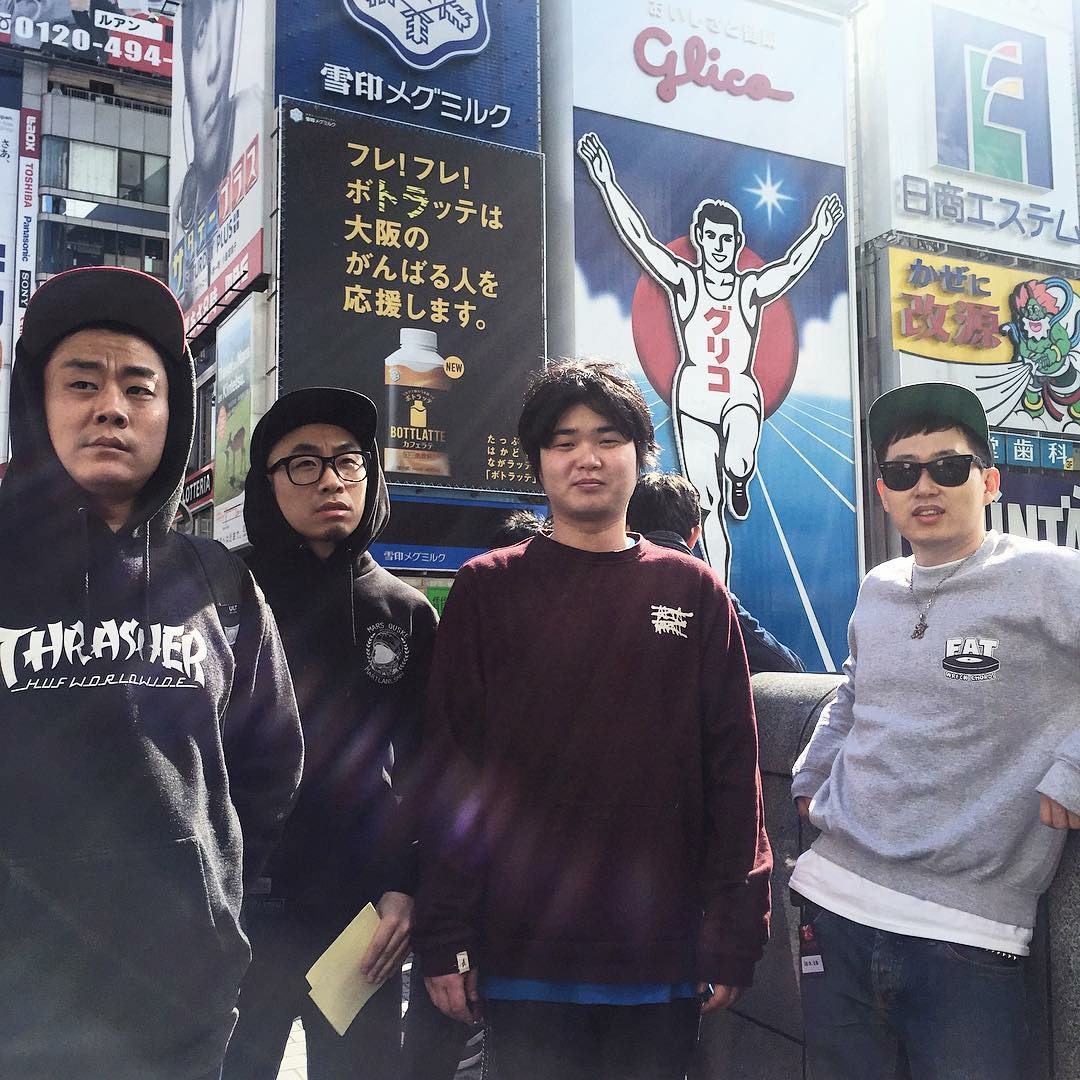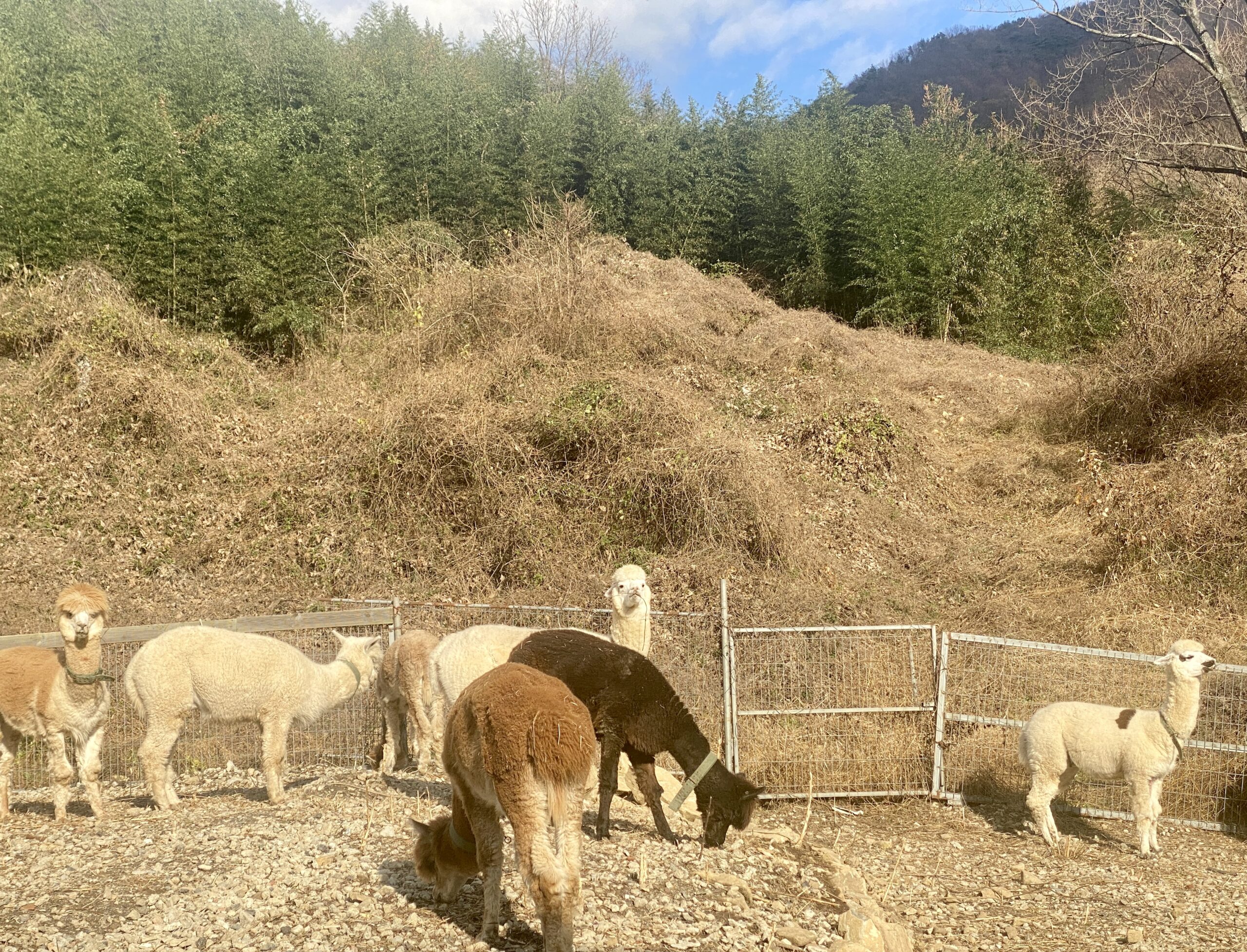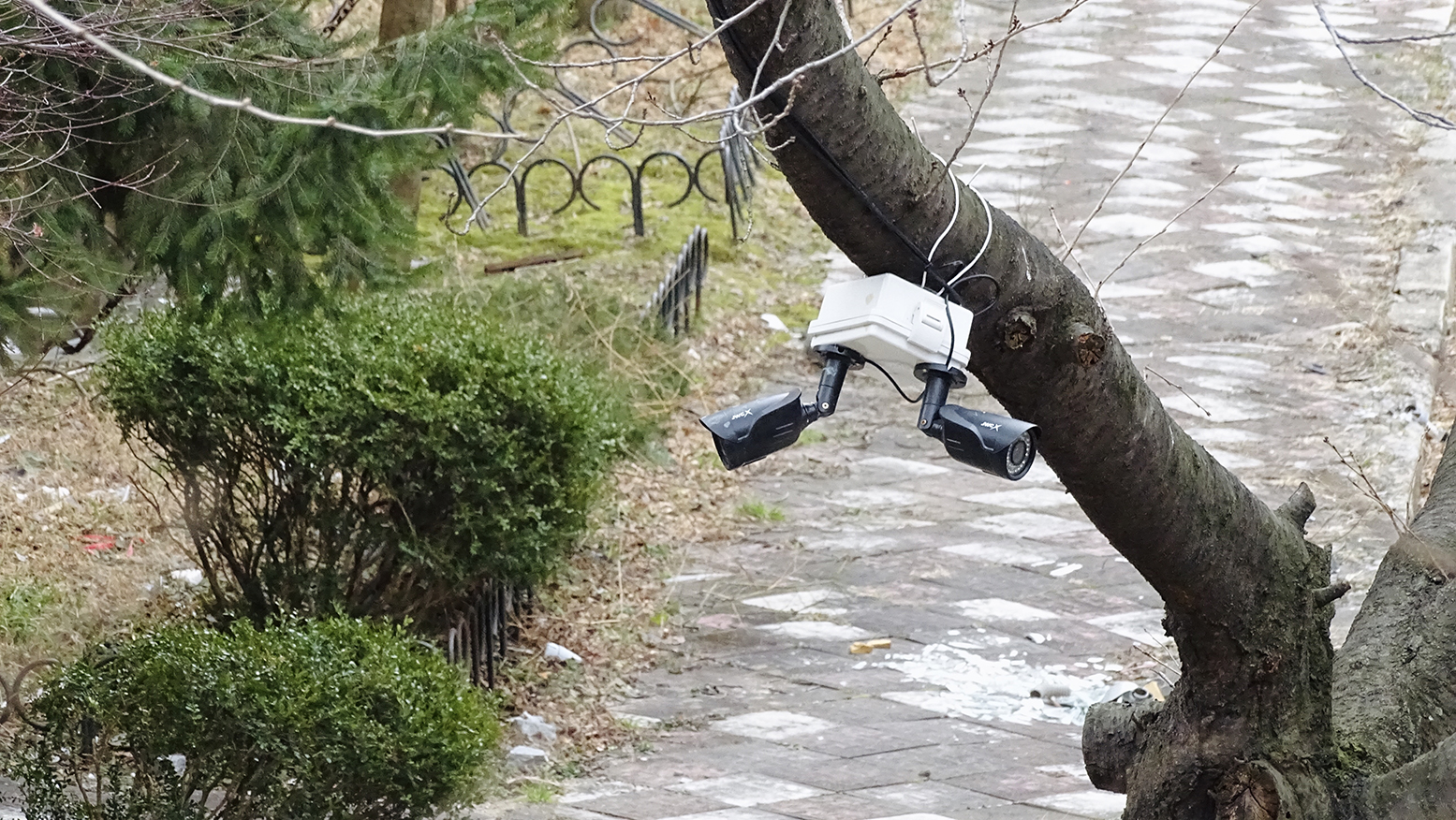Nostalgia and Nepotism in Unam-dong
One Neighborhood’s Janus-Faced Goodbye.
By Isaiah Winters.
Follow the ripple effects of any urban redevelopment project and you’ll be amazed where you end up. This happens time and time again for me, and this month’s Lost in Gwangju is no exception. In this issue, we’ll look at how the imminent leveling of the massive 63-building Unam Jugong Apartment Complex 3 has inspired so much contrast in Buk-gu’s Unam-dong. On one end of the spectrum, the apartments have evoked an outpouring of childhood nostalgia and the urge to remember in one former resident; on the other end, a local politician is under suspicion of using insider knowledge to turn the apartments into a nepotistic investment vehicle. Between these two extremes, a clique of hired security goons steward the eviction process along while actively discouraging photography and outside visitors. Let’s see where these undulations lead.
We’ll start with a constructive commemoration on the part of a former resident of Unam Jugong Apartment Complex 3. An Instagram account with the handle Unamarchivist has been acting as a digital archive of the apartments’ demise for the last year.1 The account was first brought to my attention by my good friend Ryan Berkebile, and I quickly took a liking to the way in which the photographer superimposed local residents’ memories upon various photos of the apartments, essentially turning the pictures into highly illustrative pages in a public journal. Impressed with the tasteful display of verbal and visual nostalgia for a run-down apartment complex, I recently reached out to the person behind Unamarchivist for an interview of sorts about her motivation for making the account, as well as our mutual run-ins with security while photographing the redevelopment site.
The motivation behind Unamarchivist is quite simple: Remember the past, warts and all. According to its creator, the aim was never to make the most popular or aesthetically pleasing archive the internet had ever seen; instead, it was merely one humble record of a childhood inextricably linked to a specific place in time. As inspiration, she referenced other similar projects online, with the best example being “안녕, 둔촌 주공 아파트” (Goodbye, Dunchon Jugong Apartments), a popular photographic tribute that can be found on Instagram under that name. Although Unamarchivist’s contents appear highly personal, the broader themes featured are wholly relatable, including coming of age, appreciation, loss, and reflection. When asked what her favorite memory there was, she recalled the walks she’d take through the complex’s thick, forested areas during the rainy season. After the summer downpours, when the sky would open up, she fondly recounted how the smell of the grass and the chilliness of the air left her feeling a bit spooked.
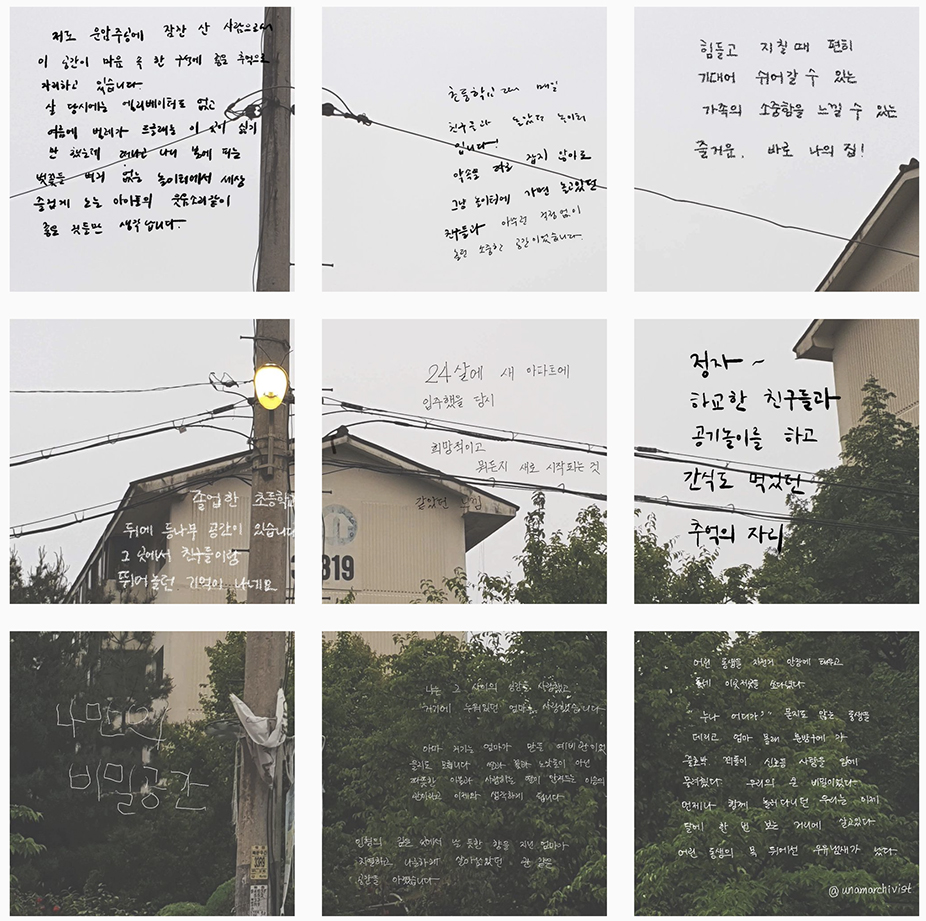
There certainly is something spooky about the complex. On my own walks through the blocks over winter, I found many of these same trees rigged with CCTV cameras put up by the redevelopment company. Protruding from barren branches under overcast skies, the cameras were evocative of some drab Orwellian hellscape. In 1984, Winston Smith was keenly aware that even the countryside wasn’t free from surveillance technology, as microphones could be hidden anywhere. With this literary reference in mind, seeing the pillars of Unamarchivist’s favorite childhood memory turned into panopticons was inauspicious, to say the least. If that wasn’t bad enough, I soon learned that on the other end of those lenses were indeed men hired to deter anyone with cameras of their own – people like me and Unamarchivist.
On my first visit, I took an interest in photographing these camera-strapped trees and was soon confronted by a young plainclothes security guard – then another, and another, until I was surrounded by five. They all seemed to be in their mid-20s, with neither a knack for intimidation nor a clue what to do with a foreign shutterbug. Their job was to simply watch live camera feeds for any theft or littering, neither of which I was doing. When asked why I was photographing their cameras, I tried my best to explain, but quickly found “dystopic surveillance hellscape” missing from my Korean vocabulary. With words failing me, I pulled up the Namuwiki webpage for 1984 and explained more simply that seeing cameras on trees was similar to having microphones in nature, like in the story. This precipitated a flurry of confused blinking and a rather unpleasant invitation to their office. Being far older than them all, however, I used my “senior privilege” to refuse and walk away. As they say, when in Rome… On my way out, with almost comedic timing, an elderly man casually crossed in front of me and tossed an armful of junk onto a trash heap in full view of security cameras. Curiously, our junior varsity goon squad was nowhere to be found.
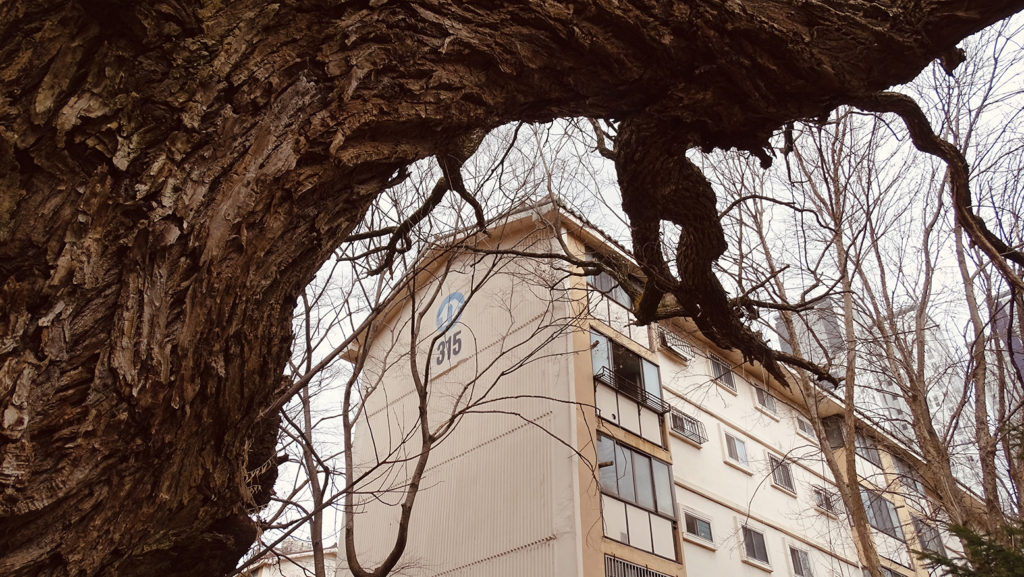
Unamarchivist had a few run-ins of her own with security despite her history of living there. When asked what had set the goons off, she suspected it was her yellow sunglasses and two cameras that made her look suspiciously out of place. She was approached by an older guy who asked where she was from and whom she represented, and then told her to stop shooting and filming there. On later visits, Unamarchivist would wisely change her photography gear and shooting style to avoid further confrontations. Instead of lugging heavy cameras, she later relied on a furtive iPhone; instead of shooting the complex’s remaining residents, she diverted her lens to more inanimate subjects. By contrast, being the insolent SOB that I am, on my second visit I brought even more gear and committed to taking highly irregular ways in and out of the complex to avoid the goons. For anyone looking to shoot redevelopment zones without getting into much trouble, please follow her discreet wisdom, not my cheekiness.
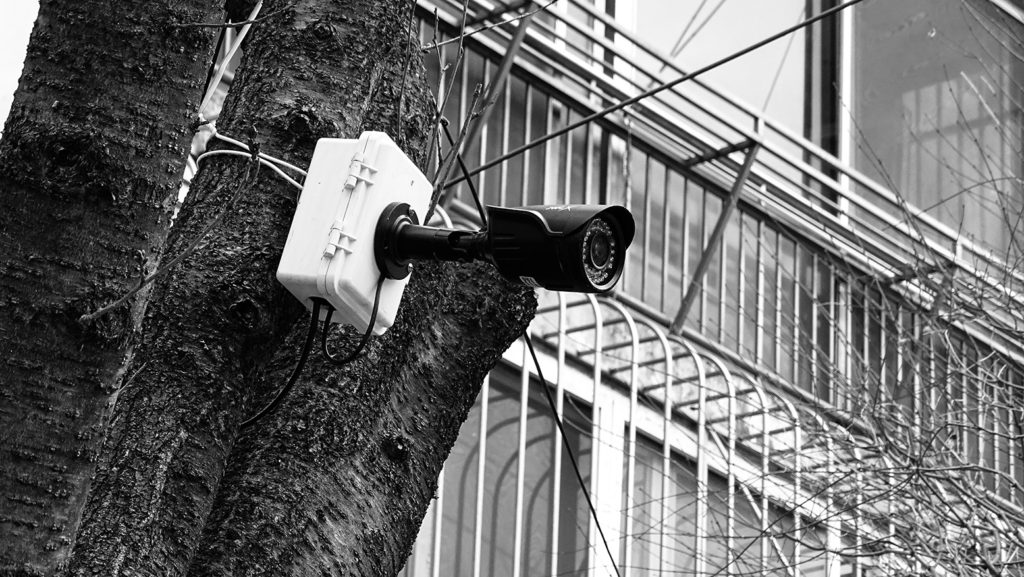
In fact, exercising wise discretion in redevelopment zones is good advice for more than just us lowly urban explorers. Even lofty politicians can benefit from such sage counsel – like the local Buk-gu councilmember who bought her sons two dirt-cheap flats at the woebegone Unam Jugong Apartment Complex 3 just before it was consigned to the redevelopment chopping block. That such a timely purchase might have been made for speculative purposes using any insider knowledge is entirely conjectural, of course, and the councilmember naturally denies such accusations. In her defense, she wasn’t a member of the Buk-gu Council at the time of purchase, though she’d long been involved in local politics, having run for office in 2006, 2010, and 2014. Regardless of intent, I’m sure the over 450 million won in market gains she and her sons lucked into will be put to ethical use. After all, she’s a member of the Buk-gu Council’s Special Ethics Committee.2 But I digress.
Today, Unamarchivist still updates her account from time to time, though she admits that visits to the complex have gotten harder since the virus hit and since she no longer lives in Gwangju. Still, she’s noticed an uptick in the number of Koreans interested both in her project and in archiving other similar bygones of the gutted past. Seeing more Gwangju-based photographers record the rapidly changing cityscape makes her feel glad and, in her view, any effort to collaborate would lead to a more meaningful project. I share her sentiment and hope this article acts as one tiny pixel in what will become an increasingly high-resolution image of our city’s vanishing past.
Sources
1 Unamarchivist [@unamarchivist]. (n.d.). [Photographs]. Instagram. https://www.instagram.com/unamarchivist/?hl=en
2 Kim, H. (2020, June 18). [단독] 재건축 아파트 2채 구입하고 재건축 관련 구정질문한 광주 북구의원. Nocut News. https://www.nocutnews.co.kr/news/5363591
The Author
Originally from Southern California, Isaiah Winters is a Gwangju-based urban explorer who enjoys writing about the City of Light’s lesser-known quarters. When he’s not roaming the streets and writing about his experiences, he’s usually working or fulfilling his duties as the Gwangju News’ heavily caffeinated chief copy editor. You can find more of his photography on Instagram @d.p.r.kwangju

